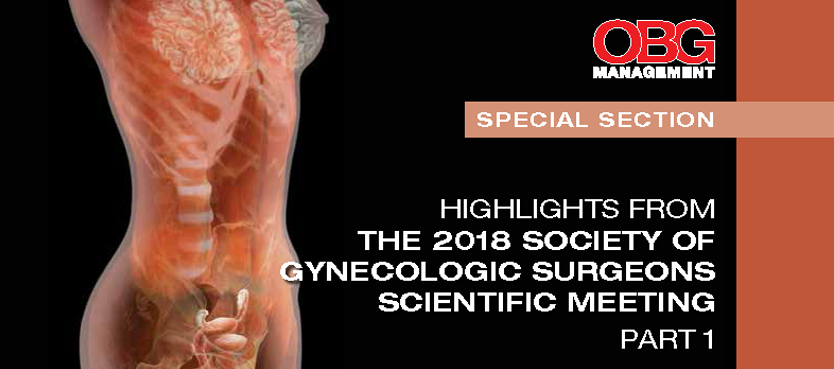This can be done with cuts either in the vagina or the abdomen.
Complications after pelvic floor surgery.
Acog practice advisory on the fda s reclassification of mesh for pelvic organ prolapse.
Rare complications from prolapse surgery may include injury to a nearby structure e g.
Caveney m et al.
More specifically the term anterior repair refers to correction of the front wall of the vagina.
Bowel bladder ureter nerve.
Monitoring must be continued and expanded to assess the long term risk associated with mesh use and to identify its risk factors.
The decision to undergo pelvic reconstructive surgery to correct pelvic organ prolapse pop can be difficult.
Reconstructive surgery aims to repair the pelvic floor and return organs to their original position.
The three surgeries for pelvic floor prolapse include anterior repair posterior repair and a hysterectomy.
Pelvic floor disorders affect the quality of life of millions of women worldwide.
Pelvic floor repair is a broad term used to classify a variety of simple surgical procedures for repairing the pelvic floor.
And posterior repair refers to correction of the back wall of the vagina.
Early serious complications are relatively rare.
It can also be done using.
In most studies utilizing mr imaging after placement of vaginal mesh investigators focus on dynamic or anatomic evaluation of the pelvic floor to assess the outcomes of the surgery rather than focusing on direct depiction of the actual mesh material with variable results compared with the findings at clinical examination 8 10 13 27 28.
Women often wait years dealing with symptoms of pop before they commit to surgery.
It is rare for women to experience long term pain following prolapse surgery.
Short term complications associated with the use of transvaginal mesh in pelvic floor reconstructive surgery.
Pelvic organ prolapse can result in symptoms including urinary leakage constipation and difficulty with intercourse.
The most common surgery for prolapse is a pelvic floor repair which is a broad term used to describe simple surgical repairs of the pelvic floor.
Many options exist for the treatment of pelvic organ prolapse and urinary incontinence surgery being one of the main strategies in the management of these conditions.
Pain may occur immediately after surgery but this generally settles after a few days or weeks.
Pelvic floor repair surgery is the most common surgery for pelvic organ prolapse.
Results from a multi institutional prospectively maintained dataset.
Laparoscopic colposuspension is a minimally invasive surgical technique that provides a safe and durable method for reconstruction of the pelvic floor and its contents without the need for a large abdominal incision.

